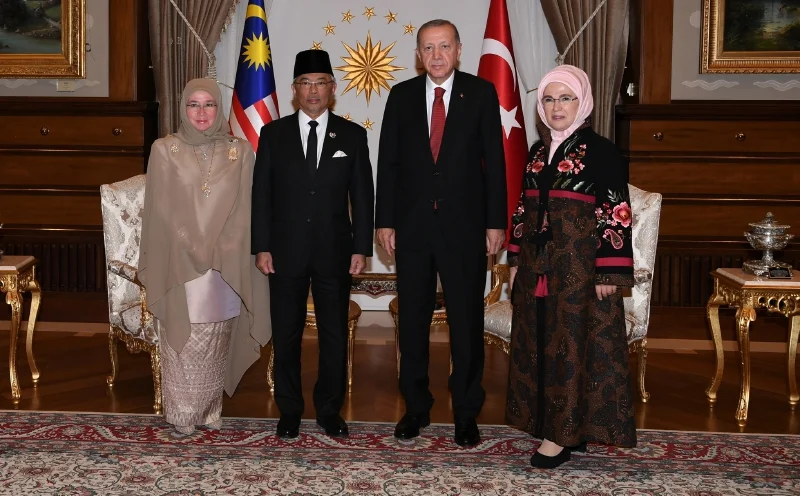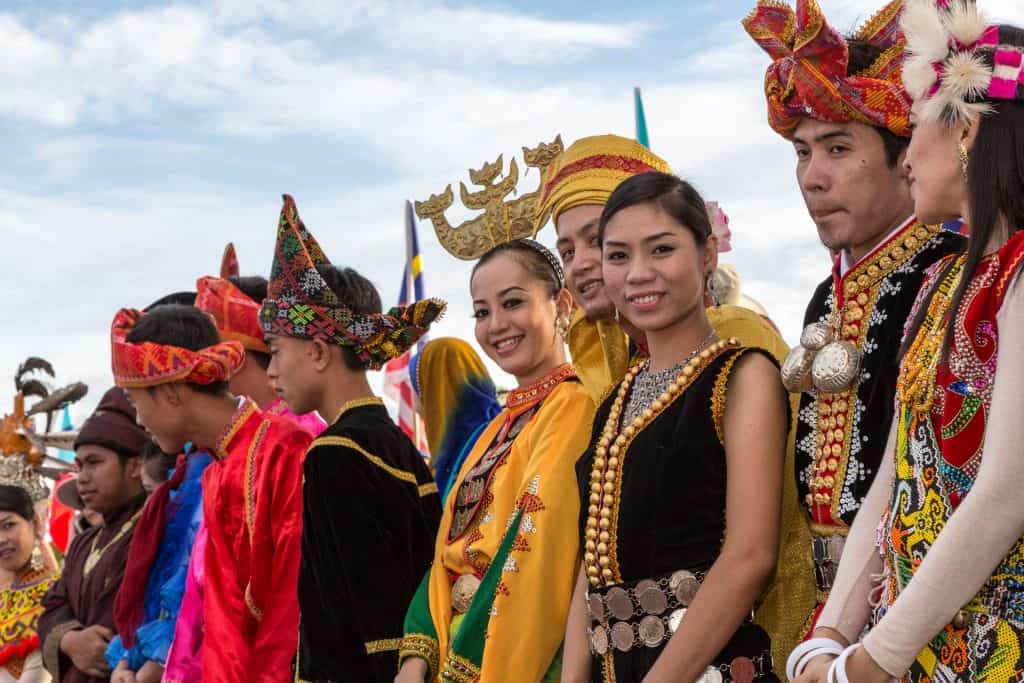ASEAN, referred as the Association of Southeast Asian Nations is a regional grouping that was first shaped by five leaders of Southeast Asia (SEA) – Malaysia, Indonesia, the Philippines, Singapore and Thailand. Despite some level of anxiety amongst these countries, ASEAN was successfully shaped to collectively contain the spread of communism. The signing of the Treaty of Amity and Cooperation in 1976 which stamped mutual respect and noninterference in other countries’ affairs created confident in the region and soon the membership expanded– we saw other members of the region joining ASEAN – Brunei (1984), Vietnam (1995), Laos and Myanmar (1997) and Cambodia (1999).
In 2007, the ASEAN Charter was adopted and this is particularly significant because it furnished a strong structure and sense of direction to the organization. The Charter provided three strong pillars for the regional organization to flourish – the ASEAN Economic Community, ASEAN Political-Security Community and ASEAN Socio-Cultural Community. Today, it has evolved to become a stable regionalism and as an intergovernmental organization, it seeks to promote economic, political, and security cooperation in the region and thus far has been fruitful. However, as much as we see notable progress in economic integration, the most daunting task for ASEAN remains in the security domain.
Hence, there is mixture of calm and tension situation for ASEAN. The good news is first, the success of ASEAN regionalism has attracted many powers to its doorstep for economic partnership. The region is blessed with geographical proximity, abundant natural resources and young population. For these reasons, the Indo Pacific initiatives led by the United States (US), Japan, India, and Australia has placed ASEAN at the driver seat and this gives ASEAN opportunity to leverage for economic developments. Second, ASEAN has helped maintain the region’s local colour – after colonial experiences, ASEAN imbedded a sense of nationalist spirit in ensuring no external intervention in the region. Third, the various sentiment under the ASEAN flag such as ‘ASEAN community’, ‘ASEAN way’ and ‘ASEAN centrality’ has kept the members intact.
But ASEAN is yet to face challenges. First, though ASEAN has several platforms such as the ASEAN Regional Forum, ASEAN Plus Three and Plus Six and ASEAN Defence Ministers Meeting (ADMM) and ADMM Plus, one can observe limited effectiveness and push back policy when it comes to hard decisions. Many members of ASEAN are still looking for external powers in providing security assurance. This brings us to question the strategic autonomy of ASEAN and its ability to provide security umbrella to the members. There is a strong need to continue improving high-level talks and build stakeholdership by strengthening its secretariats across the region to cultivate trust and confident among members on security issues.
Second, the interest of big powers in the region can continue to challenge ASEAN centrality. This is especially evident with the Quad members seeking for ASEAN’s commitment and looking to make ASEAN as the security connector in SEA due to inevitable geostrategic location in the Indo Pacific confluence. ASEAN centrality has positive implications because it holds ASEAN together. Drawing lessons from the Cold War, small powers must be vigilant over major power rivalries and the possible shaping of proxies within the SEA in support of the big powers. Hence, ASEAN will be caught between a rock and a hard place in engaging big powers and at the same to remain cautious of the involvement of non-ASEAN powers to avoid dilution of ASEAN centrality and pulling the ASEAN members in different directions.
Third, most ASEAN members are shaping foreign policy according to their own national interest when it comes to security. Countries adheres to the Westphalia state system and therefore are free to do so but it should also build on it collective security platforms in ASEAN to better shield its security interest in the region.
To conclude, no doubt ASEAN has kept the members together. Despite diversity, the achievement of ASEAN is envied by other region – the members have never experienced serious conflict. The success story of ASEAN almost five decades since its establishment simply reflects the ‘unity’, ‘amity’ and the ‘long-term vision’ it has for the region. Nevertheless, there remains a number of security conundrum for ASEAN to pay attention.


